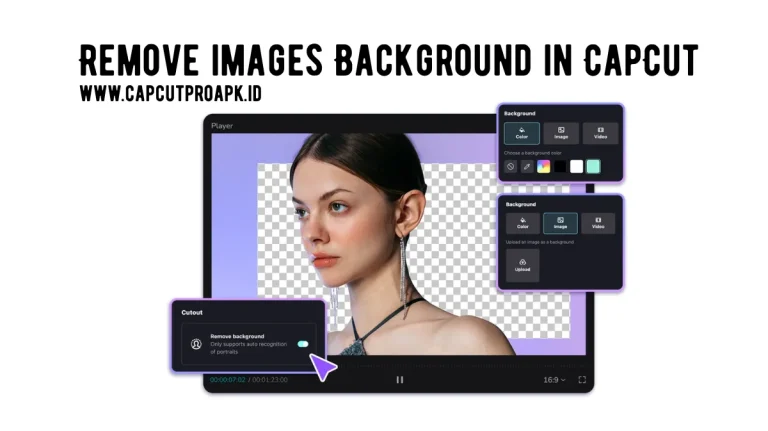A complete Guide about the XML Support of CapCut
XML support in CapCut is a key feature that enhances video editing, making it more professional and efficient. An XML file is essentially a type of project file that stores all the editing details of videos, including the placement of clips on the timeline, effects, filters, transitions, and text animations. Instead of using the same edits again and again, you can save your work in XML format and reuse it as a ready-made template.
That process not only saves you time but also ensures consistency in your editing style across multiple projects. The other benefit of XML is that it allows you to share it, for example, if one creator designs a unique editing style, export it as an XML file and share it with others so that others can apply the same style for their videos. In short, XML in CapCut works like a smart editing shortcut that gives you flexibility, speed, or a professional look for your videos.

Why Does CapCut Use XML Support?
Here are some reasons given below that explain why CapCut uses XML support;
1. Efficiency and Time Saving
CapCut uses XML to save time for editors. Instead of applying the same filters, effects, or transitions repeatedly, you can save your work in XML format. This file can be used as a ready-made template. It makes the editing process much faster and reduces unnecessary efforts.
2. Consistency in Editing Style
With XML, you can maintain the same editing style across multiple videos. For example, the same color grading, transition, or text animations can be applied in different projects. This can make sure that videos look uniform and professional. It is especially useful for those creators who can post regularly.
3. Easy Sharing
Another big reason for XML is that it supports easy sharing. You can export your XML project file and send it to others. The receiver can quickly apply the same edits to their clips without sharing from scratch. This feature can build collaboration and save the efforts of teams.
4. Cross Device Flexibility
CapCut allows projects to be moved between devices using XML. You can start editing on your phone, export the XML, and then continue working on another device. All your edits are intact or ensuring a smooth workflow. This feature makes the editing process more flexible and portable.
5. Professional Workflow
XML brings CapCut closer to professional video editing software. It organises the editing details in a structured way that gives you more control. This feature helps you to manage complex projects easily. Overall, it features upgrading the CpCut from a basic editor to a pro-level tool.
How to Import XML Files in CapCut?
Here is step-by-step guidance to import the XML file in CapCut, given below;
- Open the CapCut App on your mobile, and make sure that the app is updated.
- Because the updated app supports the XML file properly.
- On the homescreen, tap the New Project option, and the editing workspace will open.
- Inside the project, you see the Import option that may appear as a + button.
- Now browse your device storage, find an XML file that you can download and save.
- When you find the downloaded or saved XML file then select it.
- After importing, add your videos or photos that you want to use.
- CapCUt will automatically apply all edits from the XML file.
- When editing is complete then export the video to save it to your device.
How to Export XML from CapCut?
To export the XML from CapCut, you must follow the given steps;
- Open the CapCut and select the project that you want to save.
- Click on the three dots (…) or the settings option inside the project.
- Now choose Export as XML from the given options.
- Select where you want to save the file, such as phone storage or cloud.
- After your XML file is saved, you can now reuse or share it anytime.
Limitations of XML in CapCut
Here are some limitations of XML in CapCut are given below;
1. No Media Storage
XML files not only save the editing instructions, not the actual video or image files. This means if the media is missing on your device, then the XML project cannot work properly. You must always have the original clips to apply the edits.
2. Compatibility Issues
Sometimes XML files made on one version of CapCut may not open correctly on another version. Updated or different devices may cause errors and make it very hard to use the same file everywhere.
3. Limited Advanced Features
Although XML saves effects and transitions, it may not fully support the highly advanced edits, such as 3D animations or special plugins. So this limits its use compared to professional software.
4. Learning Curve for Beginners
Beginners may also find XML confusing because it does not directly show edits, such as video. Understanding how to import, export, and apply the XML correctly may take some time for new users.
5. File Sharing Risks
Downloading XML files from unknown sources may be risky. Some files can be broken, incomplete, or harmful if they are not from trusted communities. This can make safe sharing very important.
Final Thoughts
XML support in CapCut makes the editing much faster, easier, and more professional. It is especially useful for those who want to resume the same style or share their editing templates with others. With XM, you can save your time, stay consistent, and collaborate with your friends or teams, which becomes very simple.
However, it also has some limitations, such as not storing actual media files, compatibility issues across versions, and a lack of support for advanced effects. Overall, XML turned CapCut from just a simple mobile app into a more professional editing tool. If you use it wisely, then it can take your video editing skills to the next level.


